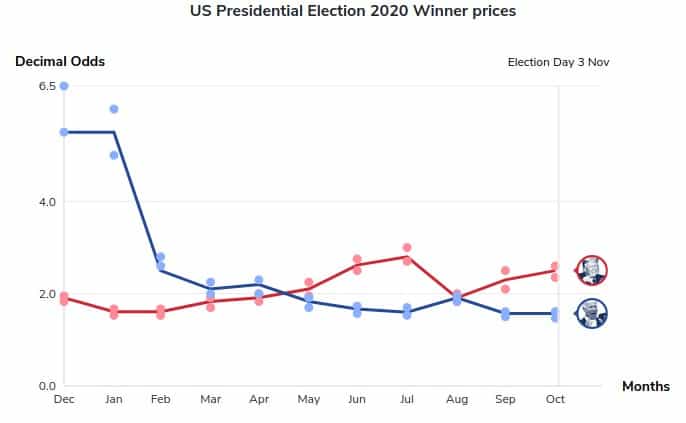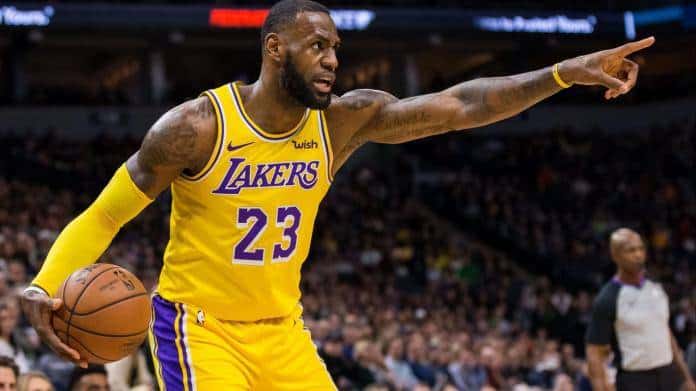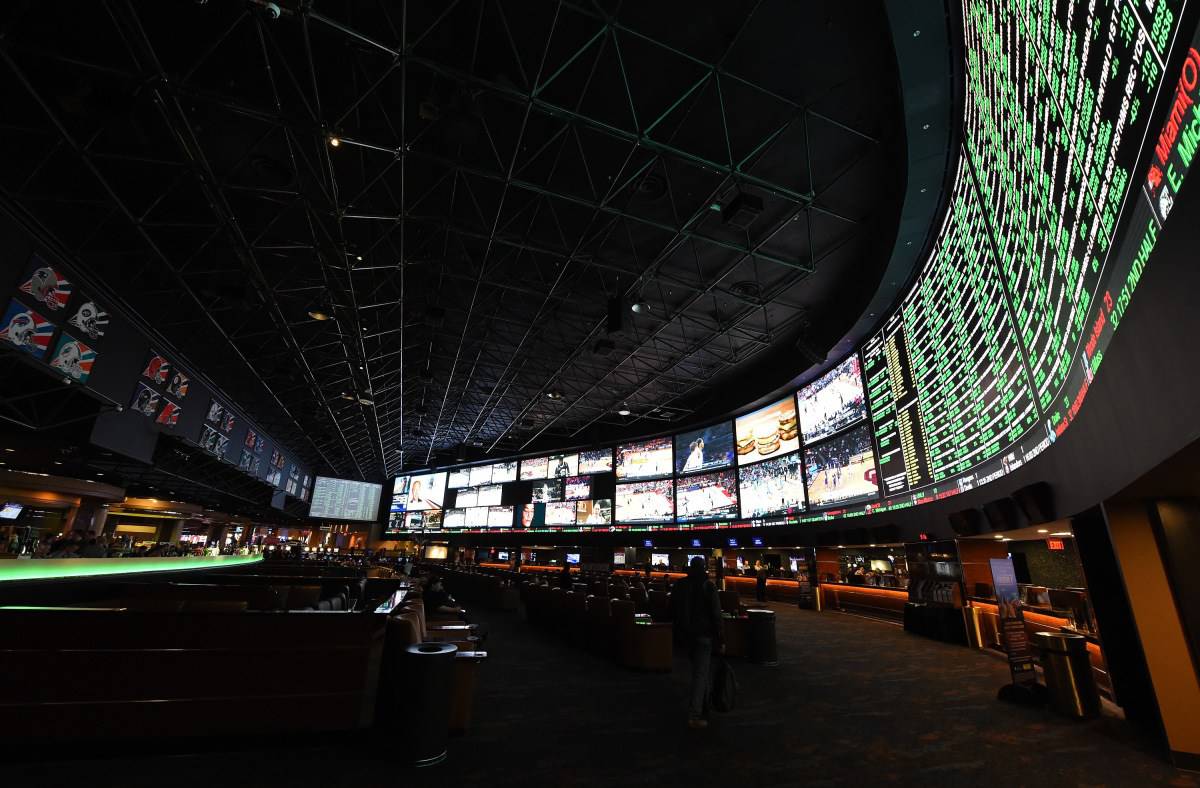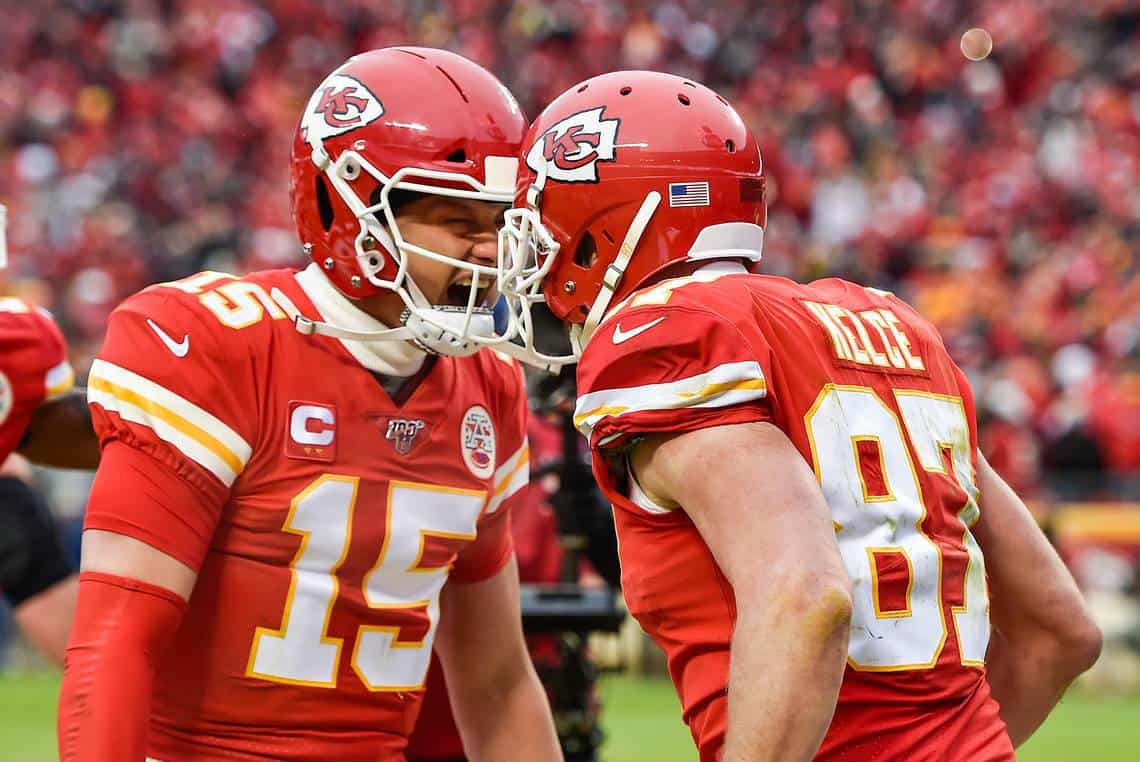
- The 2020 US Presidential race between Joe Biden and Donald Trump set new records for betting handle worldwide.
- The 2020 race topped the Donald Trump-Hilary Clinton 2016 Presidential race by a number of other metrics.
- It remains to be seen if President-Elect Biden will generate the same degree of international betting interest as Trump.
The 2020 US Presidential election has easily topped the 2016 race between Donald Trump and Hillary Clinton in worldwide betting handle. A number of sportsbooks have indicated that the race between President-Elect Joe Biden and Republican Donald Trump was their biggest single betting event *ever*. For the most part, sportsbooks were happy with the outcome of the race. Several books indicated they had a 7 figure liability on a Trump victory with even more sportsbooks reporting a 9 figure handle on the Presidential matchup.
We’ve given our take on the liabilities of scientific polling methods in the 21st Century, particularly in their contrast to betting odds. While the mainstream media was still reporting that certain states were ‘too close to call’ the betting action in the same races suggested to the contrary. There have been plenty of post mortums on the polling industry given since with some waiving off their liabilities as a function of Donald Trump. This theory presumably suggests that the accuracy of polling data will bounce back once he’s out of the political picture. Somehow I doubt that.
The race was fascinating to watch play out on election night–at least it was following the betting markets. UK odds comparison website Oddschecker has a very interesting account of how the 2020 Presidential race unfolded from the outset. Here’s their analysis of how things played out on election day:
Election Day. As over 65 million Americans go to the polls to vote on the day, Joe Biden’s lead over Donald Trump in the markets is 65%-35%.
This is markedly closer than the major news networks and forecasting models on both sides of the pond. Nate Silver’s FiveThirtyEight projects an 88% chance of victory for Biden, while The Economist’s model in London gives the former VP a staggering 96% chance of winning.
With early projections from the likes of Florida and Pennsylvania going in favor of the President, the markets see huge action as the clock ticks towards midnight Eastern Time, with millions of pounds being laid down in those hours. Just after midnight, the odds flip and Trump’s chances reach an all-time high of 69%.
However, the pendulum swings the other way as it becomes clear than Biden has over performed in the states of Arizona and Georgia, while the early ‘red mirage’ is replaced by a ‘blue wave’ of sorts. Joe Biden is again installed as the betting favorite at 5.30am ET the morning after Election Day and never looks back. His lead grows steadily over the following 72 hours before his is declared the winner on Sunday 8th November.
Here’s a graph from the Oddschecker site showing how the prices moved throughout the Presidential election cycle. These are in decimal odds (which you *really* should understand) but even if you’re unfamiliar with them you can see the movement from the lines on the graph:

The Oddschecker website was also a big winner in the 2020 election. November 4 (Election night UK time) was the highest traffic day in their 21 year history and by a wide margin. The traffic was nearly 20% higher than the previous high, April 14, 2018 for the Aintree Grand National. The website also indicated a huge increase in interest for the 2020 Trump v. Biden race compared to the 2016 Trump v. Clinton race. By their numbers, interest in the US Presidential election between November 3-4 was 119% higher than November 8-9 2016. Keep in mind that we’re talking a primarily European audience here.
The popularity of political betting in Europe is nothing new though it has grown exponentially over the past few years. It has become especially popular in England. A 2017 article by the (UK) Independent called political betting the country’s ‘new favourite sport’. It’s just a matter of time before that level of interest is imported to the US.









